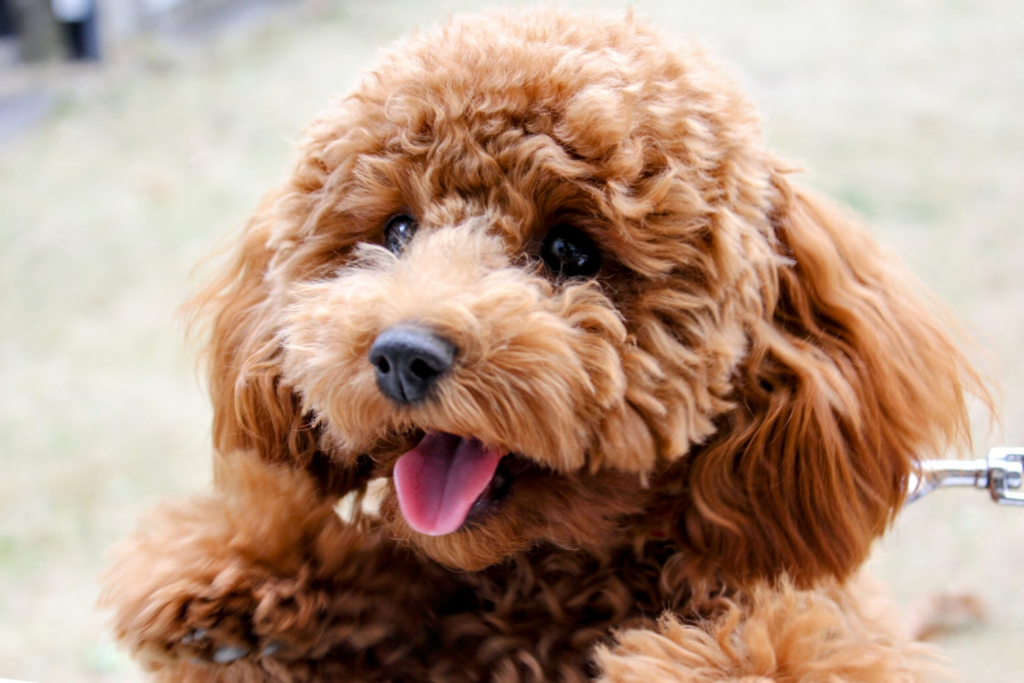In a recent study, researchers have explored why most dogs have brown eyes instead of yellow eyes like their wolf ancestors.
This difference in eye color may have been a deliberate choice by humans over the course of domesticating dogs, possibly due to a preference for less threatening and friendlier-looking animals.
Molly Selba, an anatomist at the University of Maryland Eastern Shore, who was not involved in the study, said that the preference for certain eye colors is another way humans have influenced the appearance of dogs throughout history.
This aligns with the idea that humans have selected dogs for traits that resemble babies – such as large eyes and foreheads, further nurturing the bond between humans and their canine companions.
“It makes sense that eye color would be just one more place where humans have left their mark,” said Selba.
The study was led by Akitsugu Konno, a behavioral scientist at the Teikyo University of Science. The researchers altered photographs of dogs from 33 breeds to have lighter or darker eyes.
The photos were then shown to 142 Japanese volunteers who were asked to rate the dogs on various traits including friendliness, aggressiveness, maturity, and intelligence.
The results revealed that dogs with darker eyes were most often perceived as friendly, sociable, and less aggressive. Interestingly, these dogs were also viewed as less intelligent and less mature, more like puppies.
“These results support our hypothesis that dark eye color in modern dogs may have been favored by artificial selection during domestication from wolves to dogs and suggest that dogs with dark-colored eyes may have evolutionarily adapted by acquiring a facial trait that sends a non-threatening gaze signal to humans,” wrote the study authors.
Konno believes that humans prefer dark eyes because they make dogs’ pupils seem larger. Human babies have larger pupils than adults and dilated pupils are associated with friendliness.
“We speculate that a darker iris makes it more difficult to distinguish the size of the pupil and thus gives the illusion of a large pupil, which is associated with our perception of being more infant-like,” said Konno.
“Human studies demonstrate that humans evaluate those with dilating pupils as more friendly, attractive and trustworthy.”
Selba said she’d like to see the team look at whether the phenomenon holds true across more of the approximately 350 official dog breeds that exist.
It would also be interesting to see whether dark-eyed dogs are adopted more quickly than those with blue or amber eyes, said Selba, noting that shelters often struggle to find homes for dogs with these rarer eye colors.
Konno pointed out that there are notable exceptions, such as the piercing blue eyes that are common among Siberian huskies and some other popular breeds.
He added that huskies might be more closely related to wolves than other dogs – at least in terms of their visual anatomy and communication.
“We really like telling stories about dog domestication but it’s been hard to do solid studies,” said Jessica Hekman, a veterinarian and dog geneticist at the nonprofit Functional Dog Collaborative.
According to Hekman, the evidence that people selected for dark eyes is convincing, but it’s not clear whether dogs were originally domesticated that way or if it’s a more recent phenomenon. It is possible that dogs acquired their dark eyes over the past few hundred years as breeders conformed to breed standards, she explained.
The study is published in the journal Royal Society Open Science.
Like what you read? Subscribe to our newsletter for engaging articles, exclusive content, and the latest updates.
—-
Check us out on EarthSnap, a free app brought to you by Eric Ralls and Earth.com.

